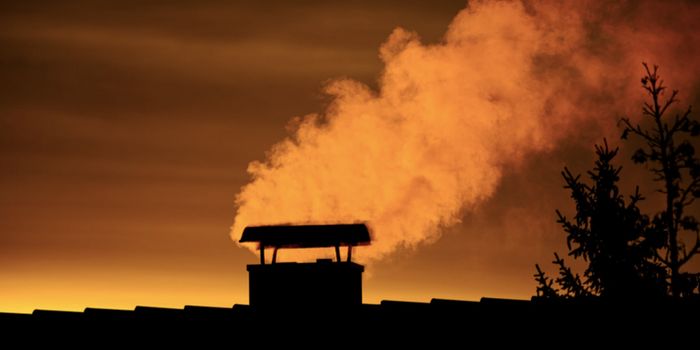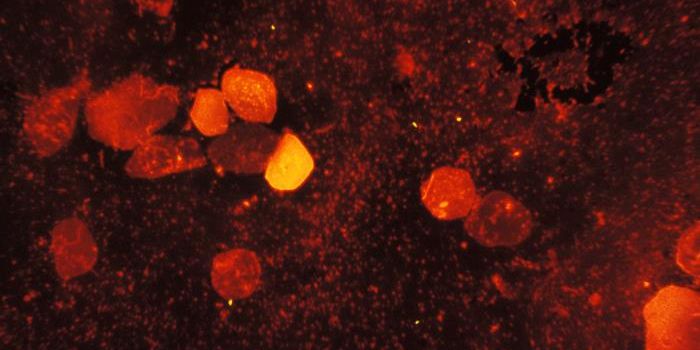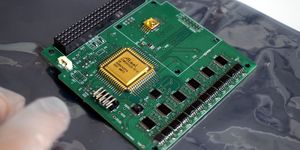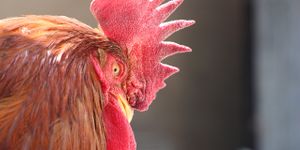Crawling Infants Kick up Clouds of Debris
As babies crawl around on floors, the action kicks up a lot of stuff. Skin cells, dirt, bacteria, pollen and fungal spores are among the microbes released by the movement, which is especially pronounced on carpets. The infants are getting a dose of bio debris in their lungs that is four times what an adult who walks (per kilogram of body mass) on the same floor gets. However, this is probably just as nature intended. Lead researcher Brandon Boor from Purdue University noted that there is nothing to be alarmed about from these findings.
"We are interested in the biological material an infant inhales, especially during their first year of life when they are crawling. Many studies have shown that inhalation exposure to microbes and allergen-carrying particles in that portion of life plays a significant role in both the development of, and protection from, asthma and allergic diseases," Boor explained. "There are studies that have shown that being exposed to a high diversity and concentration of biological materials may reduce the prevalence of asthma and allergies later in life."
Previous studies have investigated how much dirt and biological stuff goes airborne when adults move around inside; this study is the first to look at how infant movement impacts the air. Humans are some of the few animals that don’t immediately start walking. Instead, babies are in close contact with the floor, and their nostrils and mouths are exposed to greater concentrations of particles.
To simulate the unique movements of babies, the scientists used a robot they placed on carpeting taken from actual homes.
"We used state-of-the-art aerosol instrumentation to track the biological particles floating in the air around the infant in real-time, second by second. The instrument uses lasers to cause biological material to fluoresce. Most bacterial cells, fungal spores, and pollen particles are fluorescent, so they can be reliably distinguished from non-biological material in the air," Boor said. "We also worked with a microbiology group at Finland's National Institute for Health and Welfare, which conducted DNA-based analysis of the microbes we collected onto filters."
It seems that a cloud of debris forms around crawling infants, with levels around them as much as twenty times higher than the rest of the air in the same room. Infants’ bodies don’t block these particles very easily either, noted Boor.
"For an adult, a significant portion of the biological particles are removed in the upper respiratory system, in the nostrils and throat. But for very young children, they more often breathe through their mouths, and a significant fraction is deposited in the lower airways -- the tracheobronchial and pulmonary regions. The particles make it to the deepest regions of their lungs."
It has been proposed, however, that when environments are too clean, it can be detrimental to the development of the immune system.
"Exposure to certain bacterial and fungal species can result in the development of asthma, but numerous studies have shown that when an infant is exposed to a very high diversity of microbes, at a high concentration, they can have a lower rate of asthma later in life. Such exposures act to stimulate and challenge your immune system," Boor said.
Infants tend to spend most of their time indoors in Western societies. Indoor dust resuspension might be having a significant impact on how their respiratory system is affected by biological material.
"While our research established new methods for infant microbial exposure assessment, much remains to be discovered," Boor said. "I hope to continue to work with microbiologists and immunologists to better understand the role of indoor air microbes and allergens on early-childhood health."
Sources: Science Daily via Purdue University, Environmental Science & Technology










